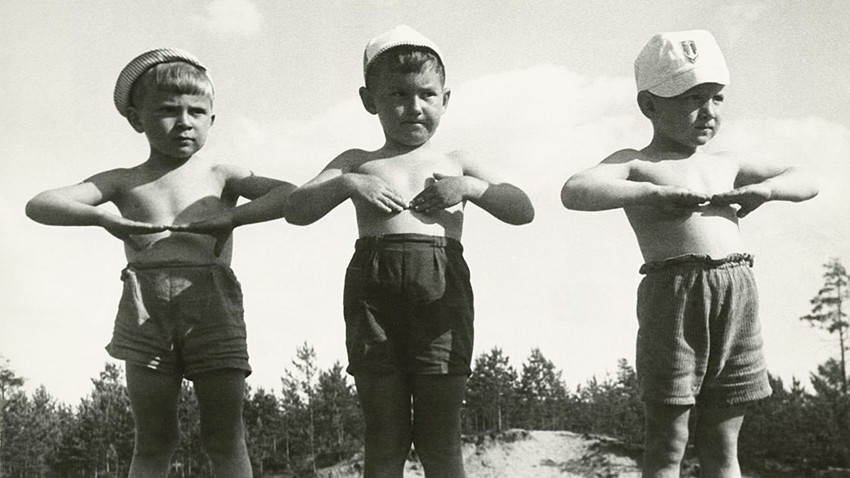
One of the stars of Soviet photography, Mikhail Grachev (1916–2011) was known primarily for his street-style photos, as they would be called these days. He shot a chronicle of the everyday lives of ordinary Soviet people. Because children were often caught in his lens, these pictures give a unique insight into the lives of the Soviet Union’s smallest citizens.
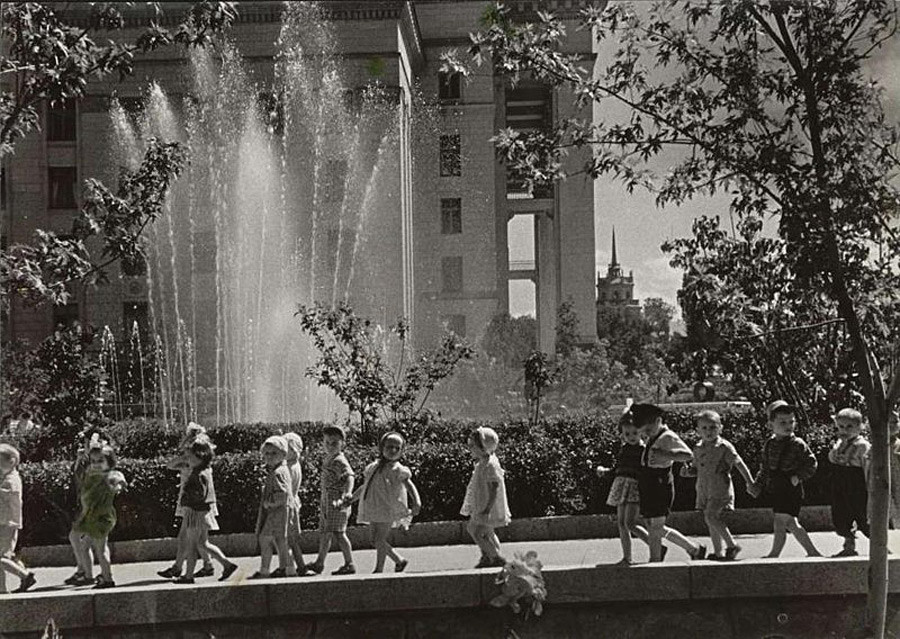
Morning in Alma-Ata, 1950s
Mikhail Grachev/MAMM/MDF“Thank you Comrade Stalin for our happy childhood!” This phrase from an athletics parade on Red Square in 1936 became not just a catchphrase, but a propaganda slogan.
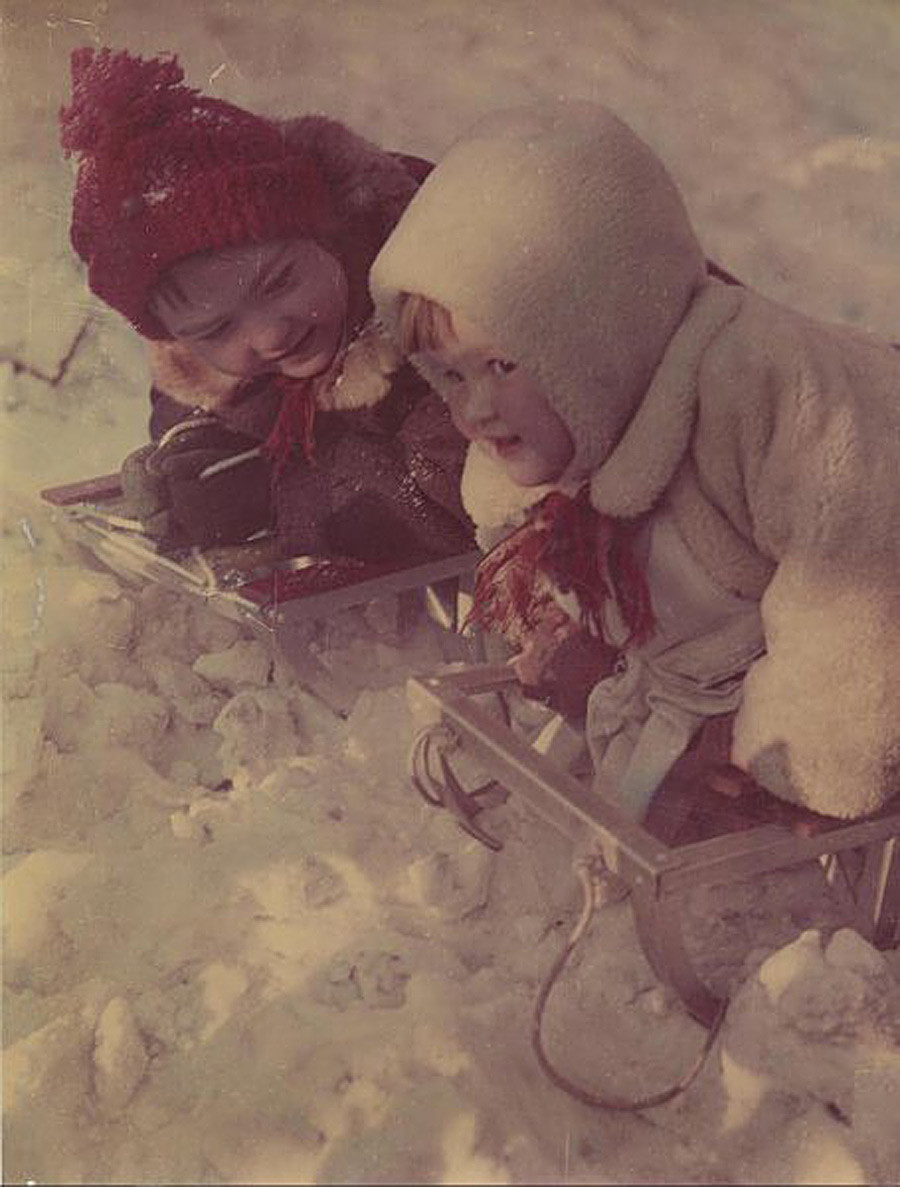
Winter fun, 1950s
Mikhail Grachev/MAMM/MDFIt was stamped on posters, billboards, postcards, and postage stamps, and could be seen in schools, camps, kindergartens, parks, and many other places. Meanwhile, photos taken by Grachev among others became a vivid illustration of the slogan’s veracity.
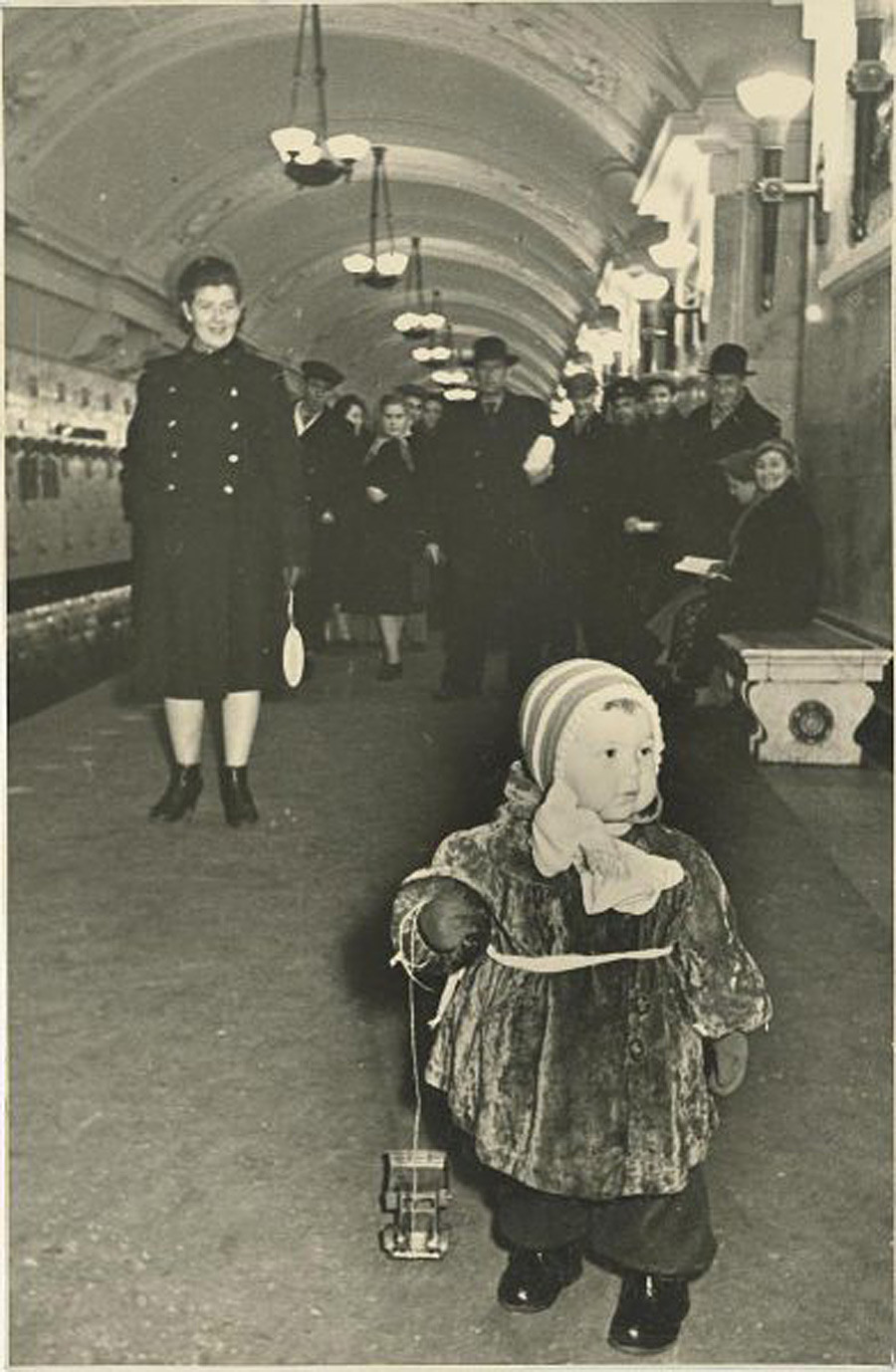
In the subway, 1950s
Mikhail Grachev/MAMM/MDFChildren could be sent to nursery at 2-3 months, followed by kindergarten. Soviet women had to work for the good of the Motherland, and could not take long maternity leave. Parental leave was initially limited to six months, but increased to 18 months in the 1970s; today it officially lasts three years, but women have the right to return to work earlier.
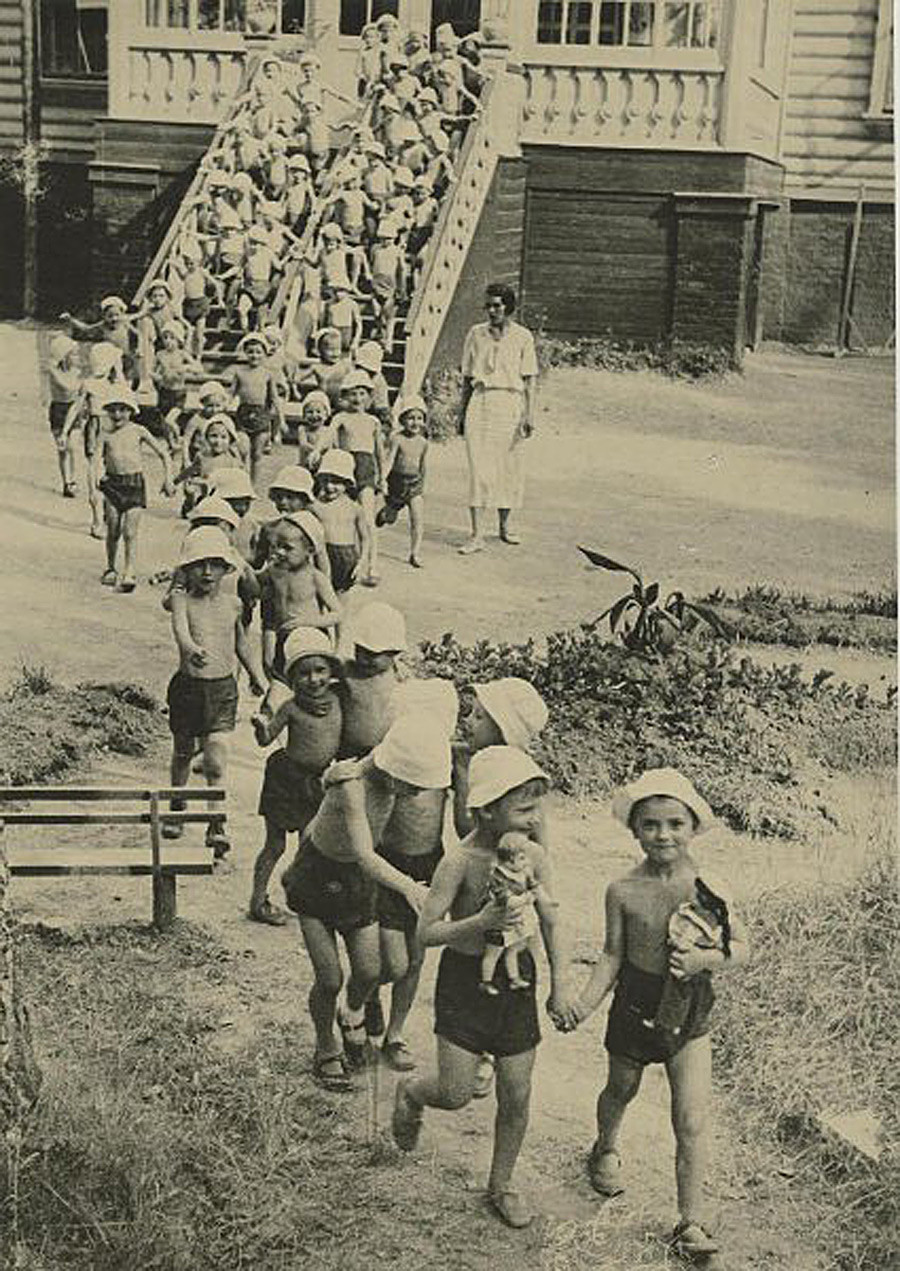
Kindergarten, 1930s
Mikhail Grachev/MAMM/MDFChildren started school at age 6-7, and joined the Pioneer organization at age 9. Being a pioneer was considered an honor (although almost everyone became one, with rare exceptions). Pioneers had their own laws — they had to be devoted to the Motherland, and be honest, brave, and good comrades.
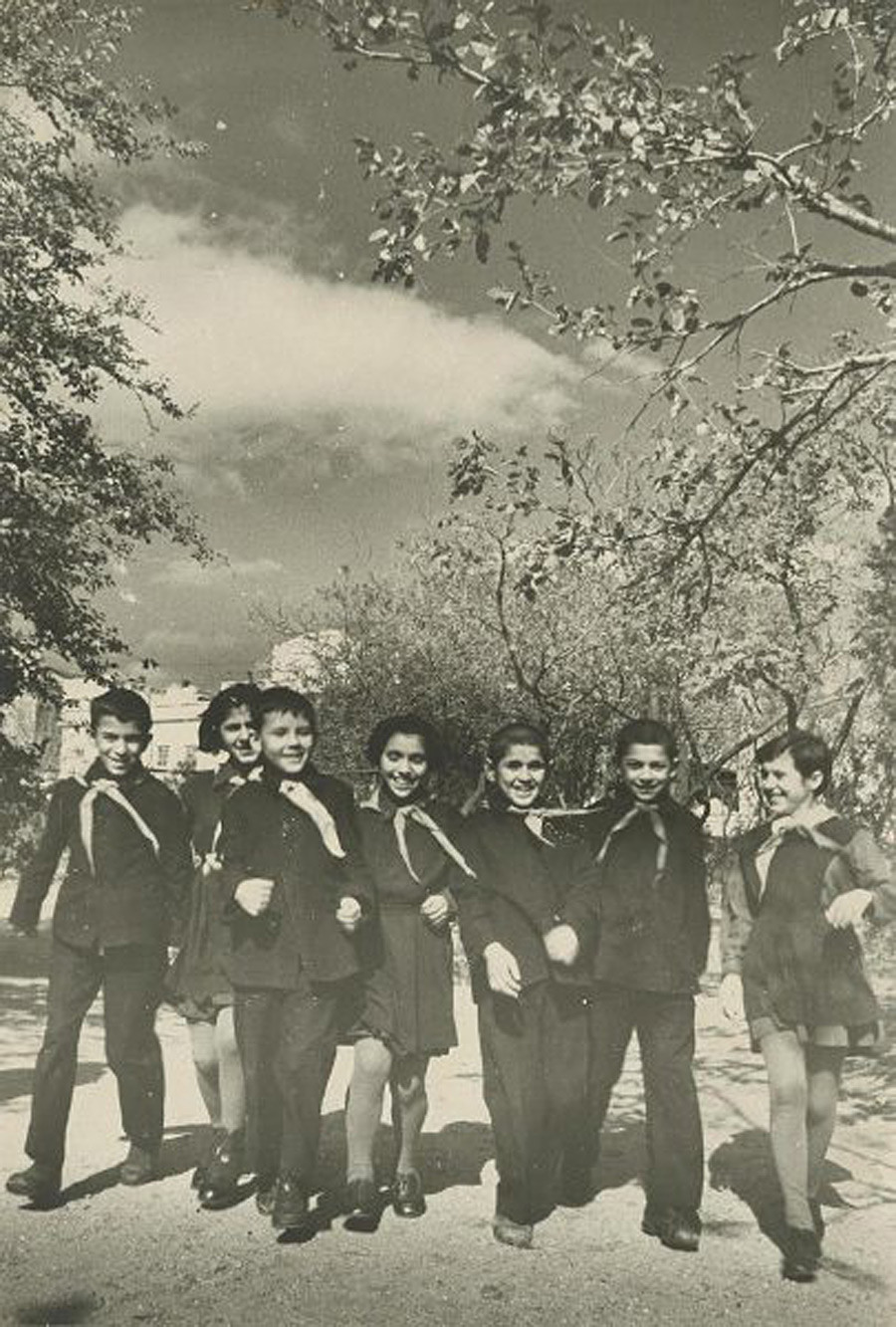
Pioneers, 1960s
Mikhail Grachev/MAMM/MDFIn summer, during the school holidays, many children were sent to Pioneer camps. The luckier ones might go to a seaside camp, but there were many not far from the cities as well. There were often rivers or lakes nearby, but not always.
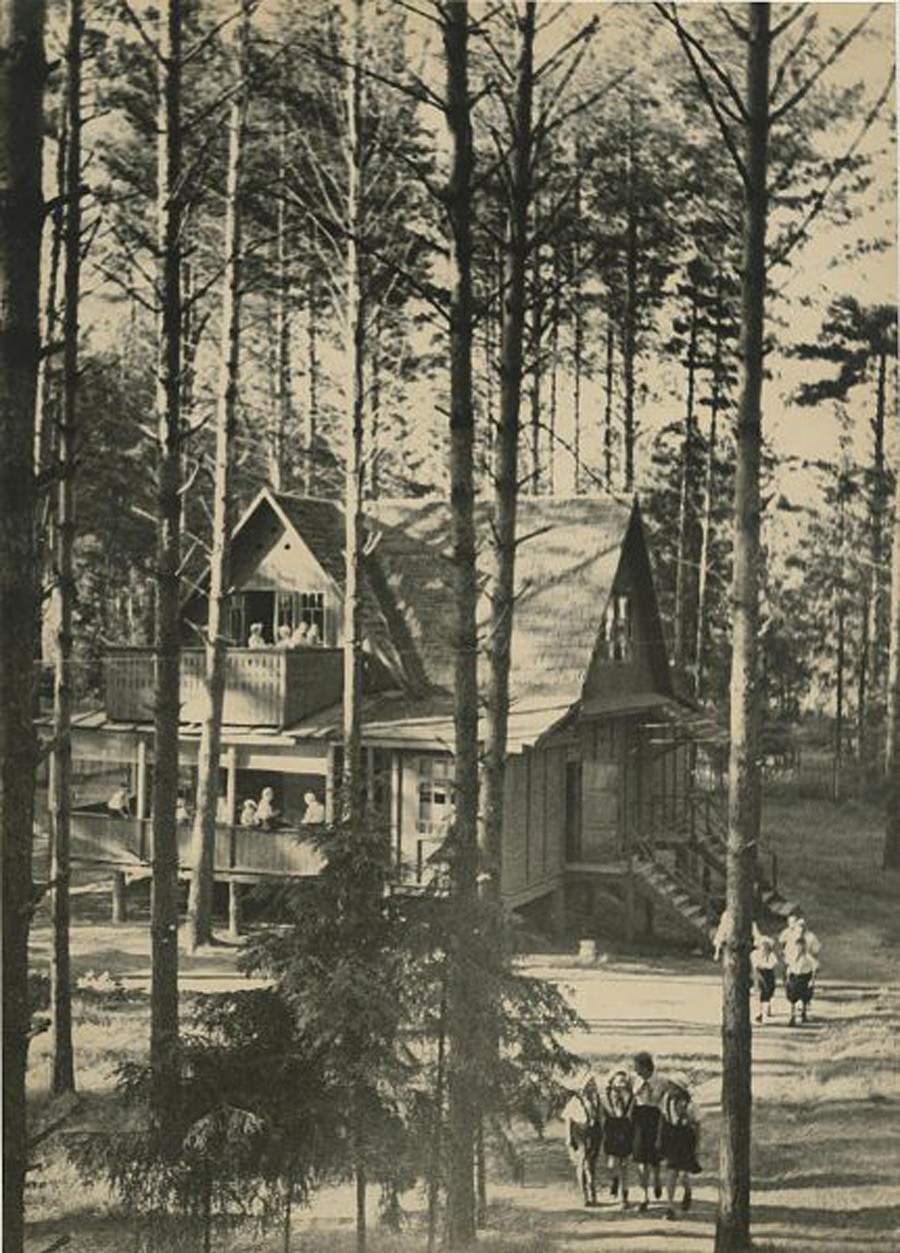
Pioneer camp, 1930s
Mikhail Grachev/MAMM/MDFSoviet children were taught to be inquisitive. There were a huge number of extracurricular activities for them to do. Among the most popular were study groups for young naturalists, where children learned about the flora and fauna of their local region, and attended nature classes. In 1928 the popular science magazine Young Naturalist was first published, and remains in print to this day.
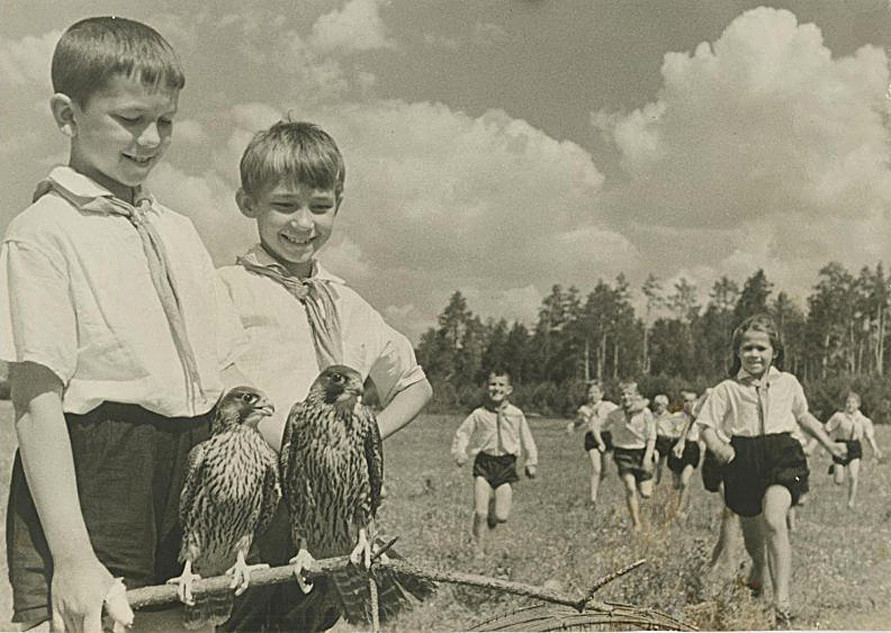
Young naturalists, 1930s
Mikhail Grachev/MAMM/MDFAnother common form of entertainment was the war game zarnitsa (heat lightning), which simulated military operations. It was not unlike activities organized for boy scouts.
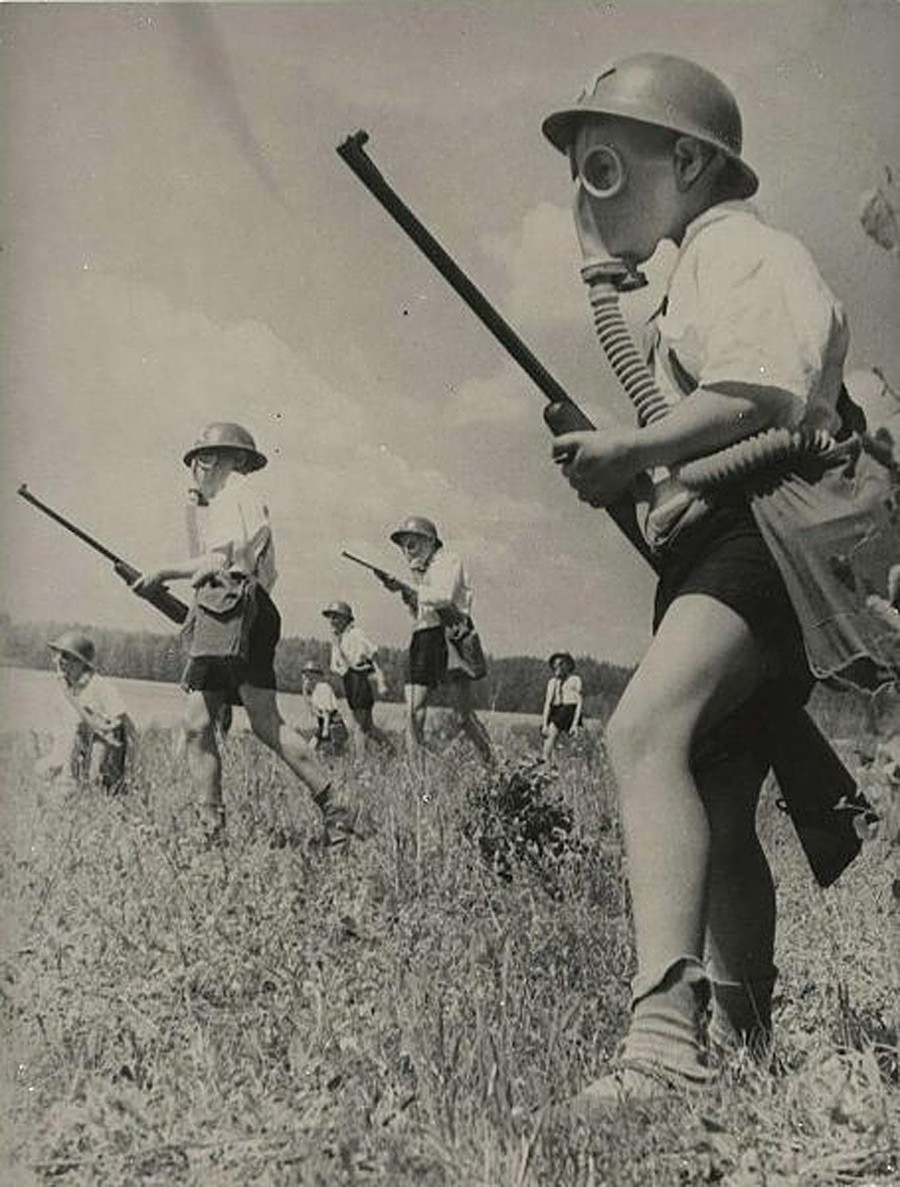
War games, 1930s
Mikhail Grachev/MAMM/MDFChildren had to learn how to navigate on the spot, work in teams, and follow their commanders’ orders. War games encouraged a competitive spirit and, of course, patriotism.
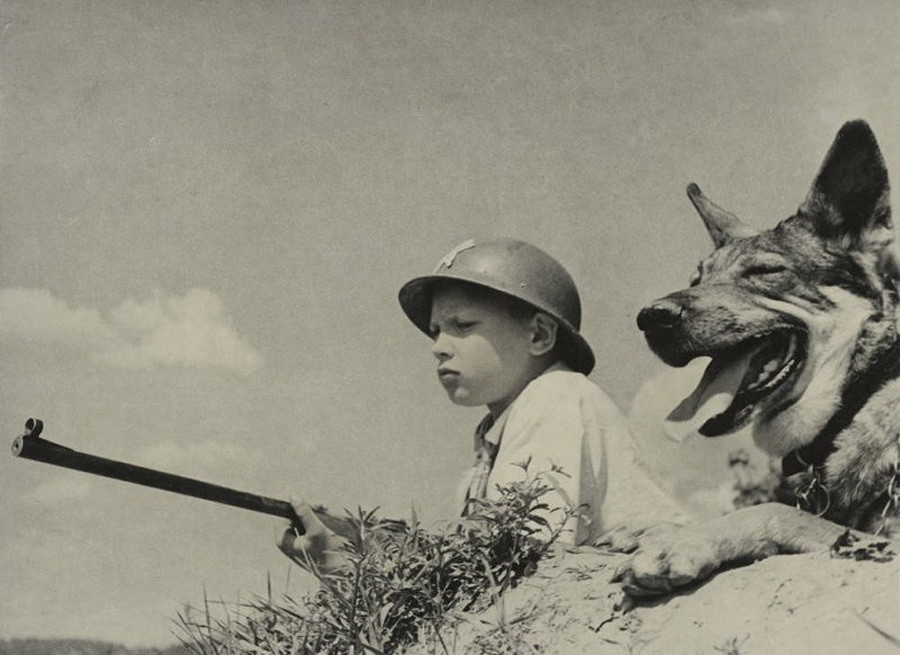
War games, 1930s
Mikhail Grachev/MAMM/MDFAfter WWII, many children played war games from an early age, shooting phantom Nazis from slingshots and imaginary rifles. They were itching to start school and take part in war games as soon as they could.
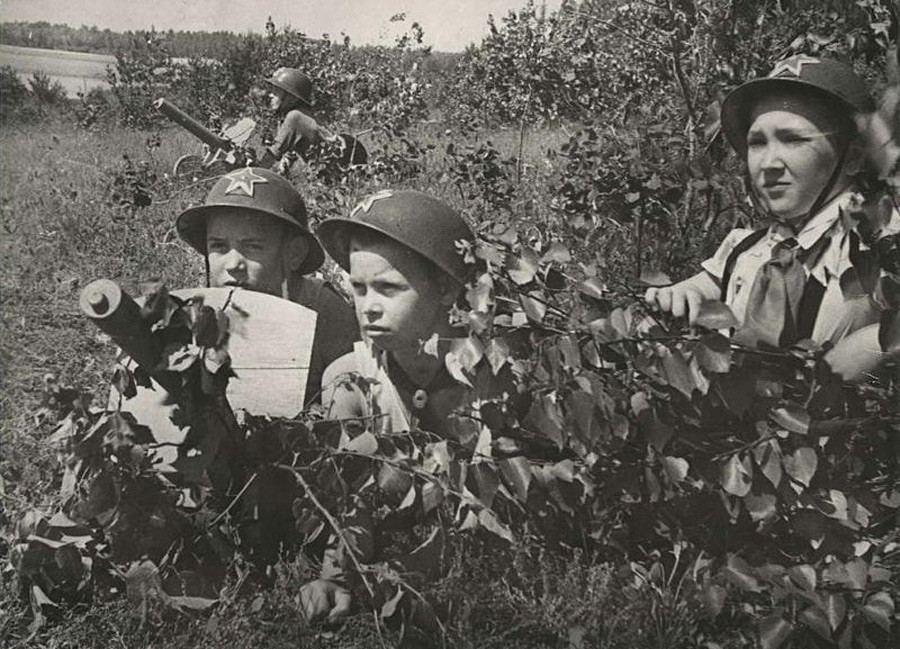
War games, 1930s
Mikhail Grachev/MAMM/MDFPhysical education was one of the main subjects on the curriculum. Children had sport instilled in them, and were encouraged to take part in competitions and attain certain sporting grades. Athletics, gymnastics, soccer, volleyball, shooting sports, and cross-country skiing were all very popular.

School, 1940s
Mikhail Grachev/MAMM/MDFFor the less sporty, there were more sedentary clubs, such as chess, dressmaking, and sewing. Aircraft modeling and other engineering activities were very popular. Soviet children not only developed excellent dexterity, but got a taste for a career in technology — after all, the Soviet Union needed engineers.

Model aircraft makers, 1937–1939
Mikhail Grachev/MAMM/MDF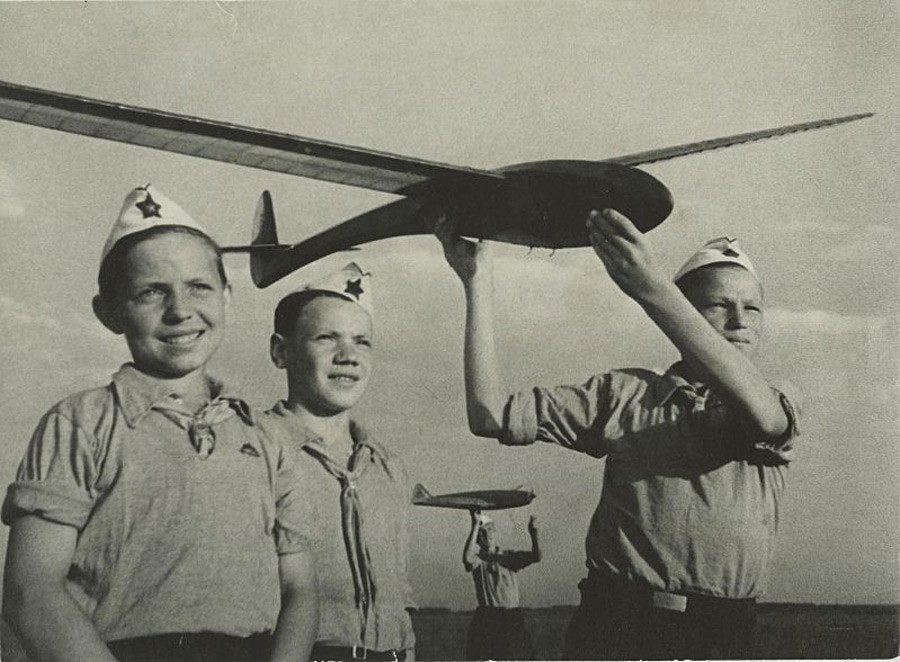
Glider pilots, 1937–1939
Mikhail Grachev/MAMM/MDF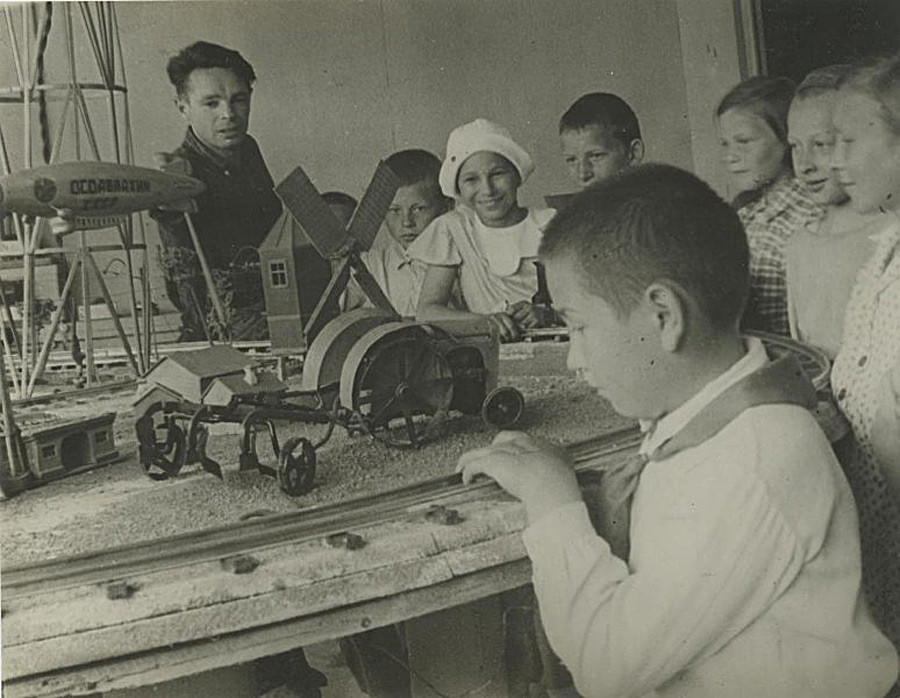
Next to a model, 1937
Mikhail Grachev/MAMM/MDFThe Pioneer movement was organized so that every child had an older comrade whose job it was to guide him or her along the true path, and correct any behavior incompatible with the Pioneer ethos.
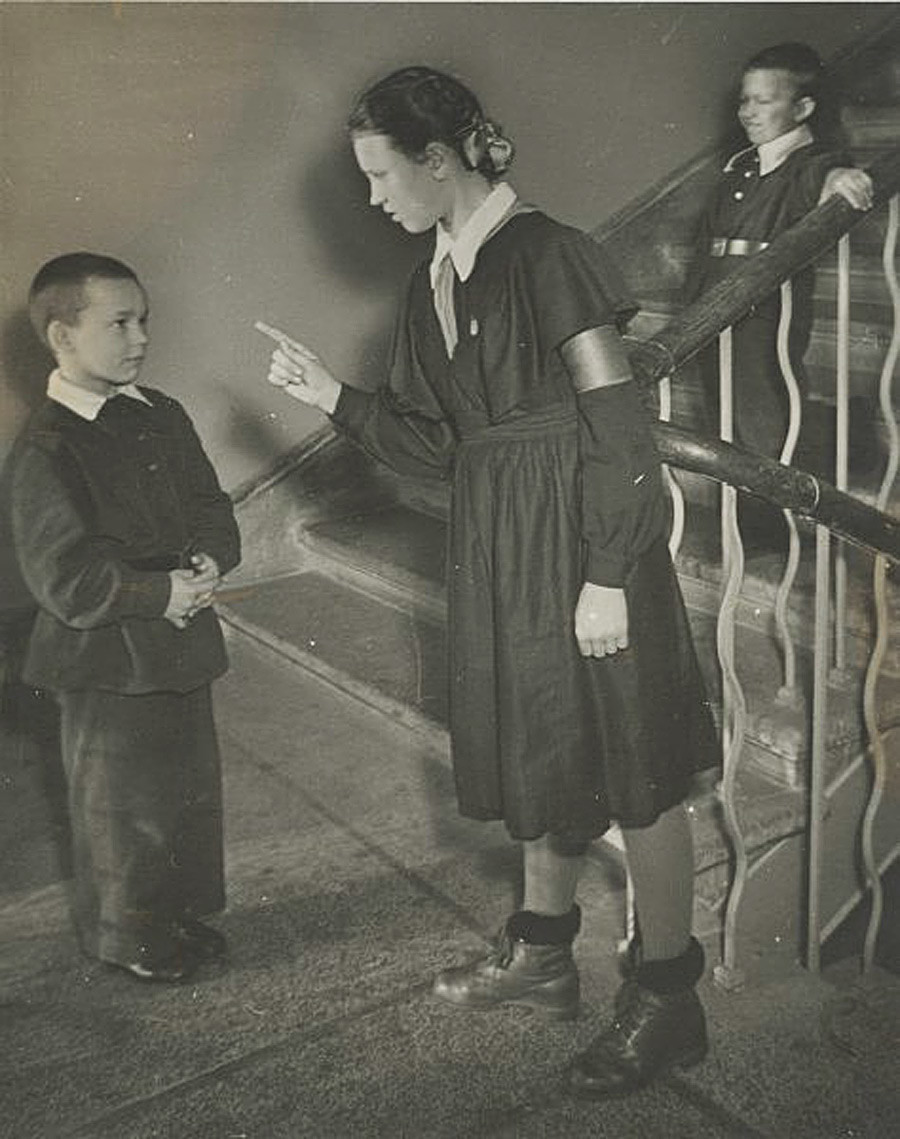
School warden, 1955–1959
Mikhail Grachev/MAMM/MDFChildren were also taught to be self-sufficient. Schools, for example, held self-management days. Plus there were entire career-oriented organizations where children were in charge of everything. For example, children’s railways.
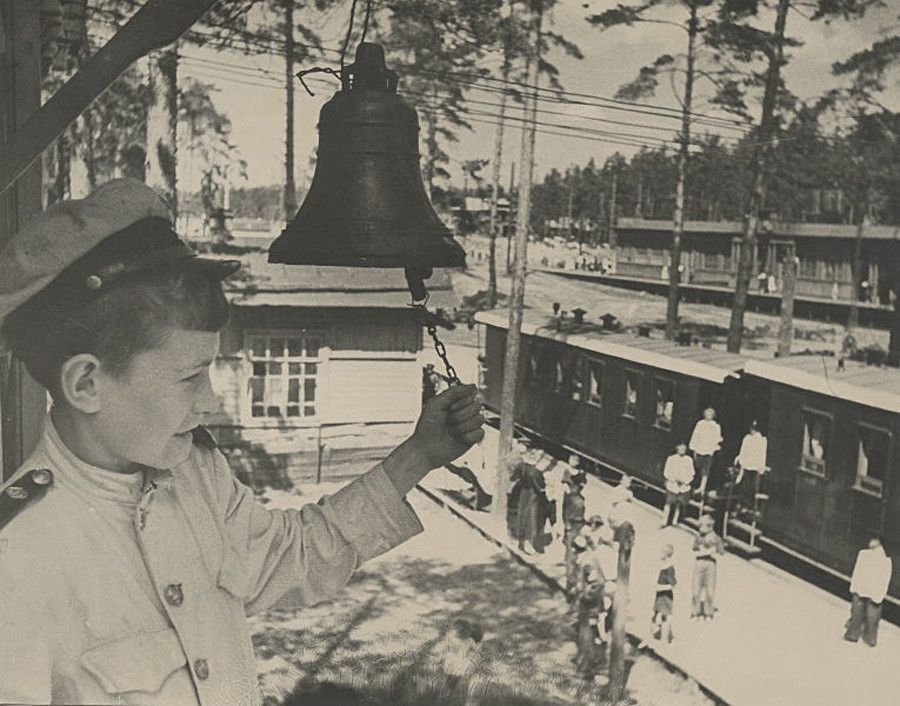
Children’s railway, 1945–1949
Mikhail Grachev/MAMM/MDFChildren here worked as train drivers and conductors. And the ride was open to all-comers. Photographer Mikhail Grachev did a whole photo report on such a railway in Kratovo in Moscow Region, which, incidentally, is still running.
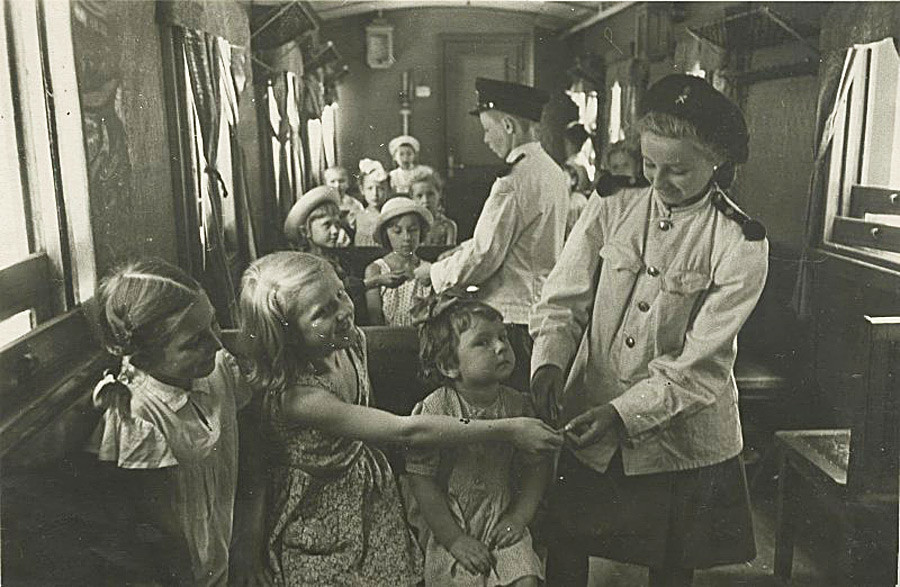
Children’s railway, 1945–1949
Mikhail Grachev/MAMM/MDF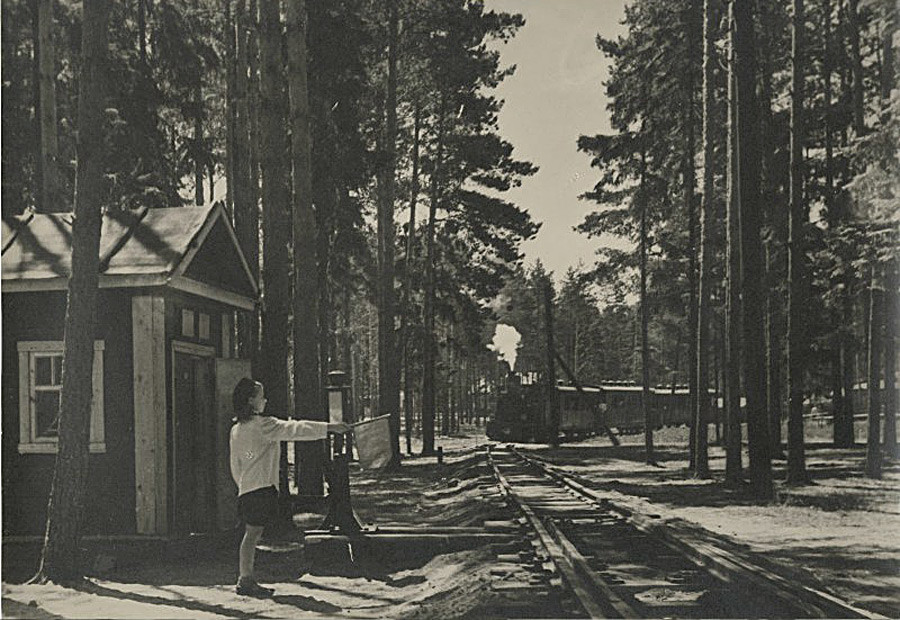
Children’s railway, 1945–1949
Mikhail Grachev/MAMM/MDFAmateur performances also flourished in the USSR, and school children often staged their own productions on national holidays and sewed costumes for themselves.
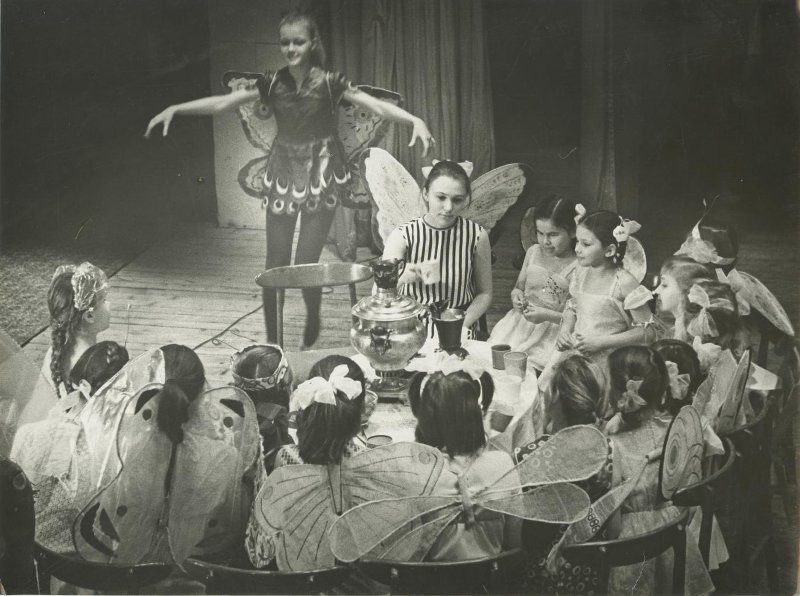
School theatre; the play Fly-Chatterbox, 1970s
Mikhail Grachev/MAMM/MDFAfter class, children tidied up the classroom themselves.
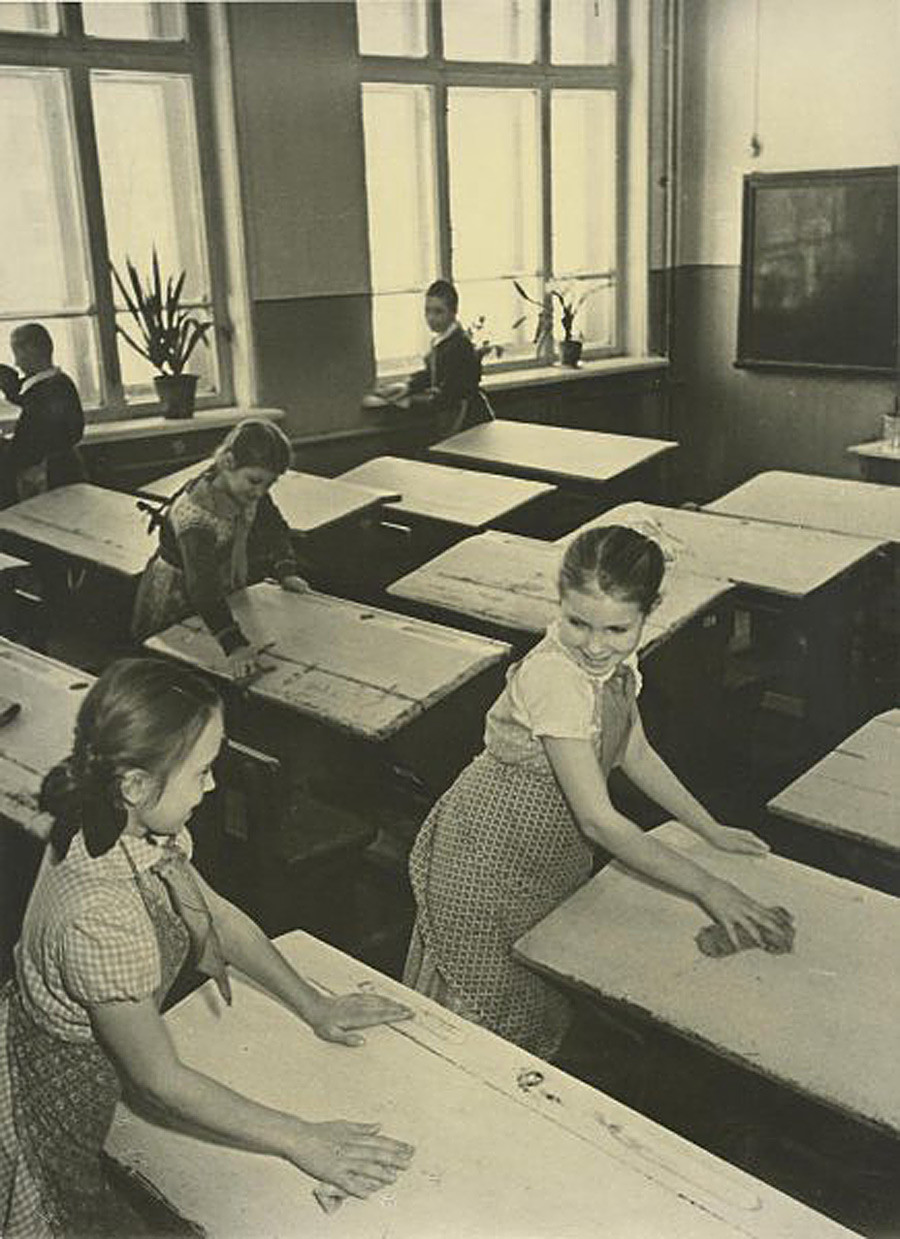
Classroom tidying, 1950
Mikhail Grachev/MAMM/MDFIf using any of Russia Beyond's content, partly or in full, always provide an active hyperlink to the original material.
Subscribe
to our newsletter!
Get the week's best stories straight to your inbox